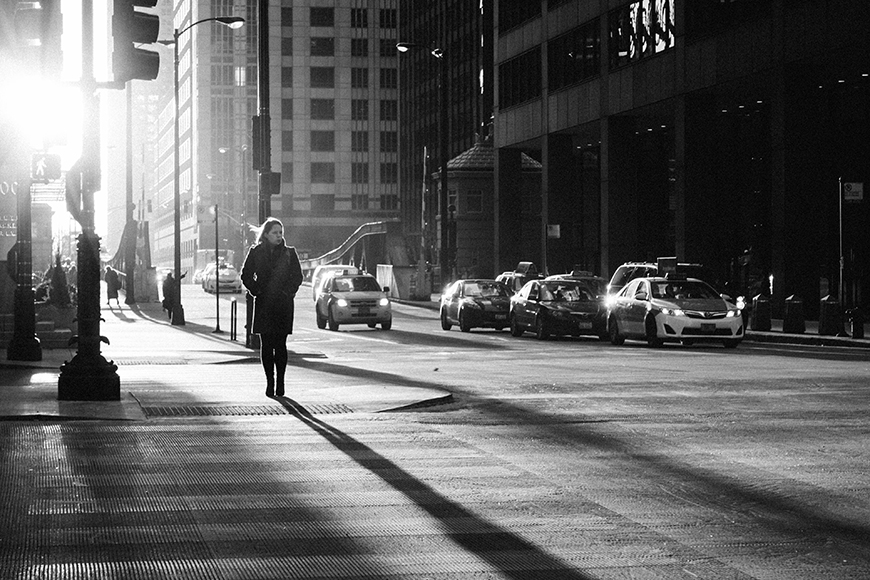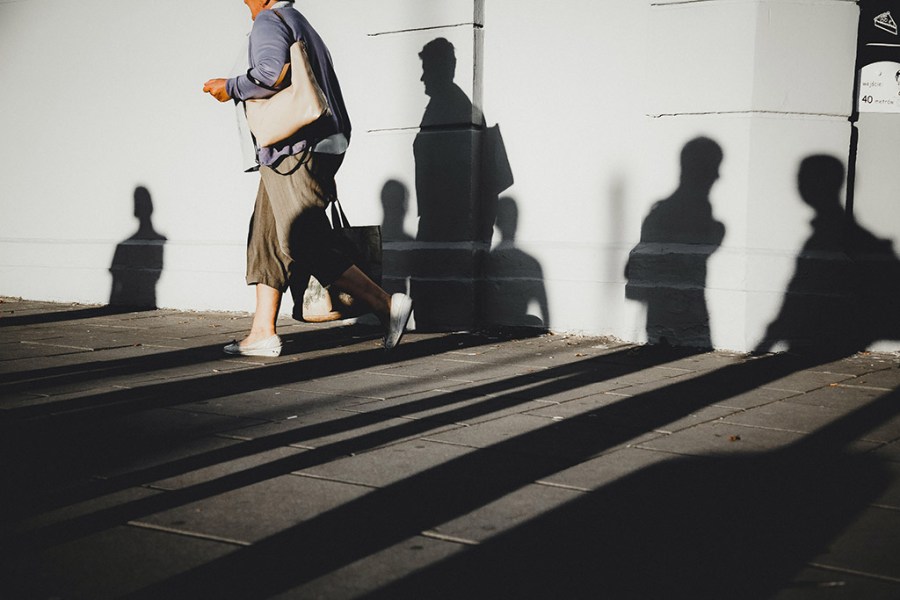Street Photographers Can Be Fun For Everyone
Street Photographers Can Be Fun For Everyone
Blog Article
Some Known Facts About Street Photographers.
Table of ContentsThe Greatest Guide To Street PhotographersThe 6-Minute Rule for Street PhotographersGetting The Street Photographers To WorkThe smart Trick of Street Photographers That Nobody is Talking AboutThe Ultimate Guide To Street Photographers
Road photographers do not necessarily have a social function in mind, but they favor to separate and capture minutes which might or else go undetected.He was affected by several of those who influenced the street professional photographers of the 1950s and '60s, he was not primarily interested in capturing the spirit of the street., who worked side by side with professional photographers trying to catch the essence of metropolitan life.
Due to the fact that of the relatively primitive innovation readily available to him and the lengthy direct exposure time called for, he struggled to capture the hustle and bustle of the Paris streets. He explore a collection of photo approaches, trying to locate one that would allow him to catch movement without a blur, and he located some success with the calotype, patented in 1841 by William Henry Fox Talbot. In contrast to Atget, digital photographer Charles Marville was hired by the city of Paris to create an encyclopaedic document of Haussmann's urban planning task as it unravelled, hence old and brand-new Paris. While the digital photographers' topic was basically the exact same, the results were noticeably various, showing the effect of the professional photographer's intent on the personality of the photos he created.
Getting The Street Photographers To Work
Offered the great quality of his photos and the breadth of product, architects and artists usually purchased Atget's prints to utilize as referral for their own job, though industrial passions were hardly his main motivation. Rather, he was driven to picture every last remnant of the Paris he liked.

Unlike his peers, Brassa utilized a larger-format Voigtlnder camera with a much longer exposure time, requiring him to be extra calculated and thoughtful in his technique than he might have been if utilizing a Leica. (It is assumed that he may not have actually had the ability to pay for a Leica back then, yet he did, however, utilize one in the late 1950s to take colour pictures.) Brassa's photographs of the Paris underworld lit up by artificial light were a discovery, and the collection of the collection that he published, (1933 ), was a major success.

The smart Trick of Street Photographers That Nobody is Talking About
It is because of this fundamental understanding of the art of photo taking that he is usually credited with uncovering the medium around once again about a century since its innovation. He took photos for even more than a half century and affected generations of digital photographers to trust their eye and instinct in the moment.
These are the questions I shall try to address: And after that I'll leave you with my own meaning of road digital photography. Yes, we do. Let's start with specifying what a definition is: According to it is: "The act of defining, or of making something definite, distinct, or clear".
No, certainly not. The term is both limiting and misdirecting. Seems like a road digital photography ought to be photos of a roads best?! And all road professional photographers, other than for a tiny number of outright newbies, will completely value that a road is not the essential element to street visit this website photography, and actually if it's a photo of a road with possibly a couple of uninteresting people not doing anything of interest, that's not road digital photography that's a picture of a street.
The smart Trick of Street Photographers That Nobody is Discussing
He makes a legitimate point do not you believe? Nonetheless, while I concur with him I'm uncertain "honest public photography" will catch on (although I do kind of like the term "honest photography") due to the fact that "street digital photography" has been around for a lengthy time, with many masters' names connected to it, so I believe the term is right here to stay.
Inside?! I hear you yell as you shake your hand to the sky. Why not? You can contend the coastline, at a festival, navigate here in a street, in a park, in a piazza, in a cafe, at a gallery or art gallery, in a metro station, at an occasion, on a bridge, under a bridge ...
Yes, I hesitate we have no choice! Without regulations we can not have a meaning, and without a definition we don't have a category, and without a genre we don't have anything to specify what we do, and so we are embeded a "guidelines interpretation category" loophole! And no-one intends to obtain stuck in a loophole. - Street Photographers

Report this page